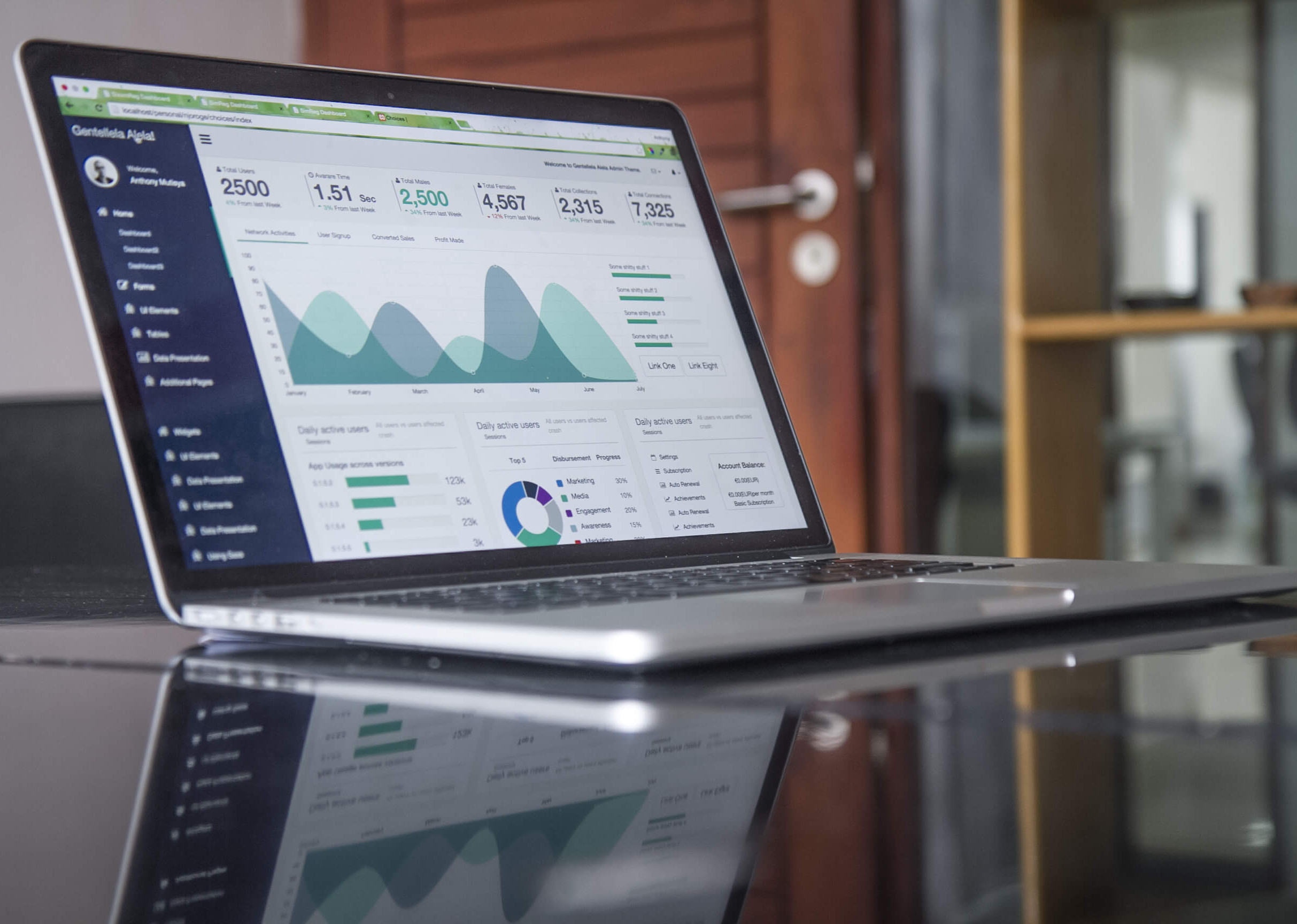May 7, 2018

Very few things in the world of marketing a product are as simple as they appear. And Ecommerce is no different. But, boiling a problem down to it’s simplest form is often the best way to generate possible solutions to that problem.
In comes the beautifully simple Ecommerce Revenue Formula. This simple formula is table stakes. If you are selling product online, you absolutely have to understand your inputs to this formula, and how those inputs are affecting your output; revenue. These numbers should be so ingrained in your brain that they haunt you at night. But oddly (and depressingly) enough, I regularly work with business owners, start-up founders, and experienced marketers who do NOT understand their inputs to this formula. And they are suffering for it.
So let’s break it down.
This appears very simple, but it is the stone foundation of understanding your Ecommerce business and the opportunities that exist. The above formula provides levers that can be adjusted, 3 of them to be exact. Adjusting each of these levers will produce a different result. But each of them, if optimized, will increase revenue.
Visitors:
At it’s simplest form, this is unique visitors to your web store. When you are using this formula site-wide, it’s important to keep in mind that there are many different types of visitors. Some are highly qualified, some stumbled upon your store. Increasing traffic is the first thing that comes to mind for most founders “More Traffic = More Revenue!!!.” Well … kinda … But in many cases driving additional visitors isn’t the biggest opportunity, instead …
Conversion Rate (CVR%):
Focus on conversion rate. I’m sure most already are, but seriously, put it first. Conversion rate can mean a lot of things to a lot of different businesses (sign-ups, form fills, etc.) But in the context of an Ecommerce site we are looking at # of transactions / visitors (can look at either unique visitors or all visits, depending on your business). If 3 out of 100 visitors buy a product, your conversion rate is 3%. If you increase your conversion rate from 3% to 5%, by golly you’ve just gained two new customers without spending an additional dime in promotion.
Average Order Value (AOV):
Often the forgotten child of start-up founders, increasing the value of each order is often the lowest resistance path to increased revenue. Dollar Shave Club is a great example of a successful Ecommerce business that regularly applied strategies to increase AOV. The starter razor is literally $1/month, but who wants the starter? We have a razor 3 times as good for just $6/month. And once DSC secured a large customer base through their base products, they began upselling shave butters, scrubs, travel kits, etc. Same number of visitors, * Higher AOV = More Revenue.
Keep in mind that every business is different. Below is a basic example where a slight improvement to CVR% could drastically increase revenue.
Business A
2,500 Visitors a month * 2% Conversion Rate * $100 AOV = $5,000 Revenue
Lever A = Increase Visitors by 10%
Lever B = Increase Conversion Rate by 1%
Lever C = Increase AOV by 25%
Which provides more value?
Lever A:
Now 2,750 Visitors * 2% Conversion Rate * $100 AOV = $5,500 Revenue
How much did those extra 250 visitors cost?
Lever B:
2,500 Visitors * 3% Conversion Rate * $100 AOV = $7,500 Revenue
Woah, big jump. How difficult was that 1% improvement in CVR%?
Lever C:
2,500 Visitors * 2% Conversion Rate * $125 AOV = $6,250 Revenue
Are you leaving money on the table? Do you have an opportunity to upsell or promote higher value products?
Every business is different. Costs are different. Margins are different. Opportunities are different. Available traffic is different. This is why the formula is so important. There is no “one right answer.” But once you break down your business into these three simple levers, the opportunities will become more visible. And you have a simple way of verifying the potential of those opportunities.
“Should I invest 30 hours of design/development work into improving check-out flow?” Well, a 1% improvement in CVR% will increase my revenue by $2,500/monthly, and pay back that investment within 2 months. Math says yes.
Run the above exercise for your web store, adjusting levers where you see possible, and identifying what type of opportunity each lever provides. Then set achievable goals for each input, prioritizing those levers with the biggest impact and/or lowest hanging fruit. And make sure to track your progress along the way. Thinking about your marketing efforts from this perspective will start you down a new path of better prioritization of projects and a more clear understanding of the long-term growth of your business.
Next week we will go a level deeper, diving into evaluating individual marketing channels, and using CPA (Cost Per Acquisition) to identify which channels are ready (or not ready) to scale.
Let’s get coffee. Or skinny latte’s. Or fries. We don’t judge.
Hello@P48marketing.comShould we have a form here? We saved our developer like 5 hours with this button (see how efficient we are?) So just send us a short message and we’ll happily yell back.